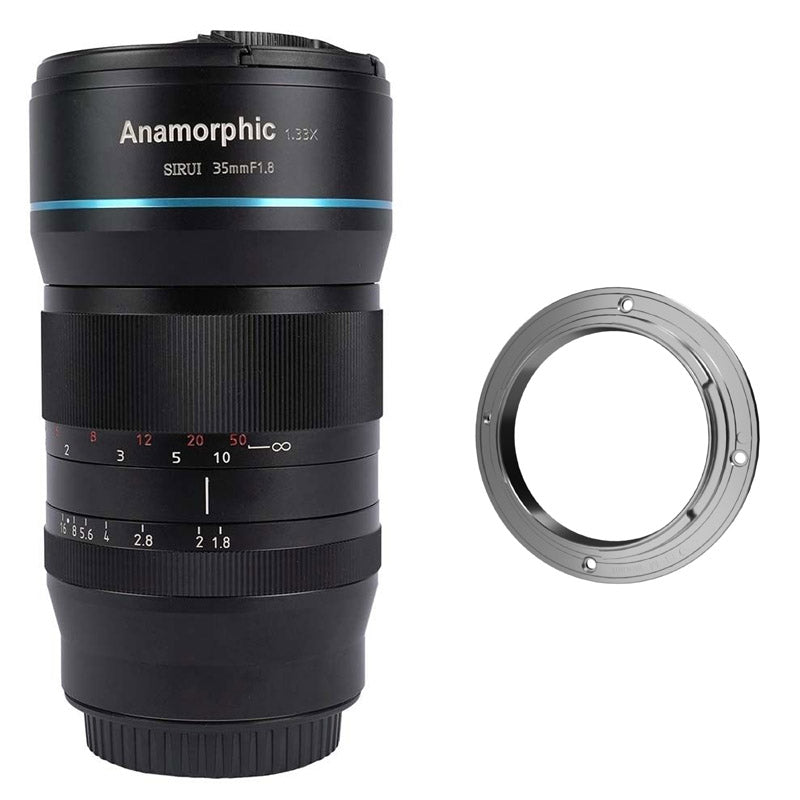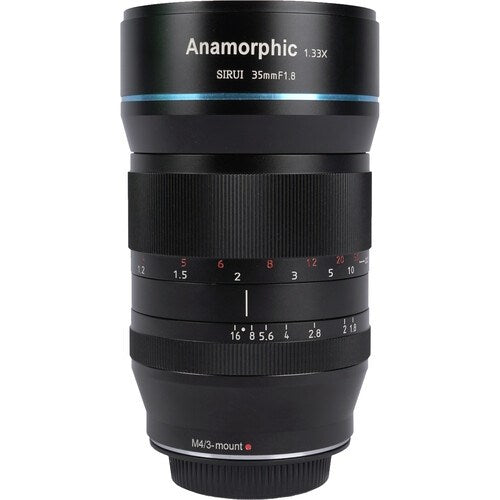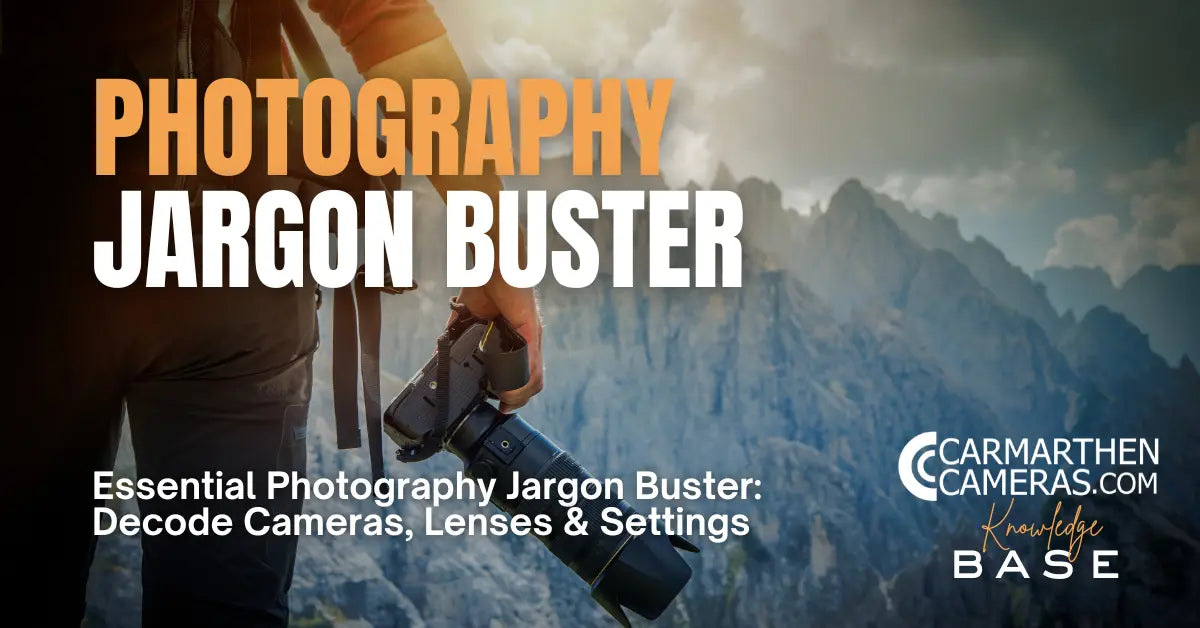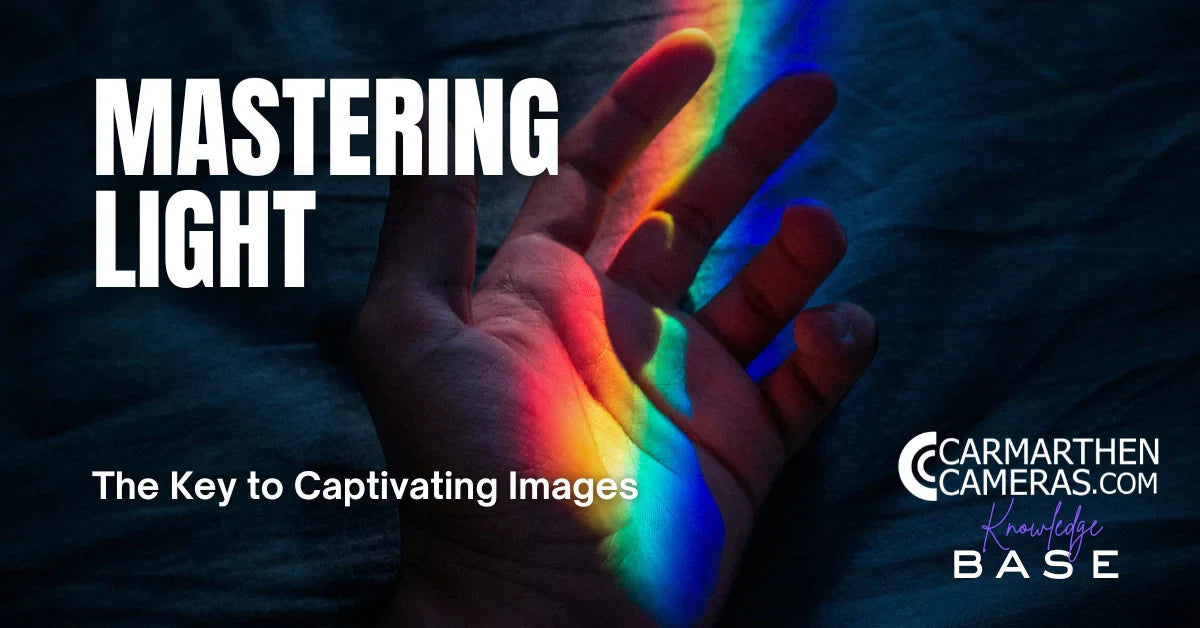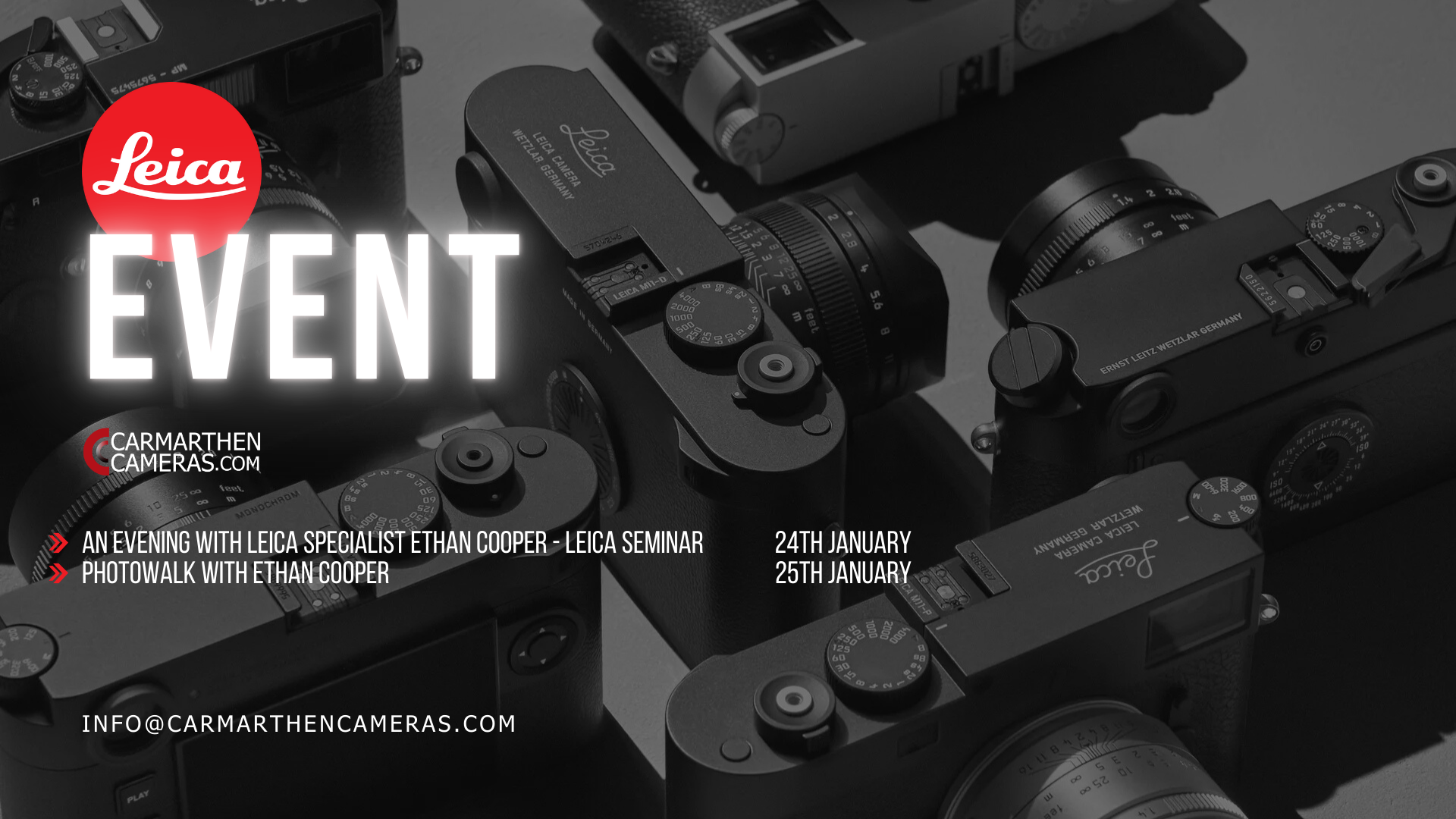Product Description
Sirui 35mm F1.8 Anamorphic 1.33X Lens & Mount Adapter for Canon EF-M
- Covers Micro Four Thirds/APS-C Sensors
- Suitable for 4K Image Capture
- 2.4:1 De-Squeezed Format; 10-Blade Iris
- 191° Focus Rotation
- Included Canon EF-M Mount adapter
The new SIRUI anamorphic lens creates an image circle large enough to cover APS-C sensors. Since the field of view is anamorphic, it is wider than any other conventional 35 mm lens.

It enlarges the horizontal field of view by up to 33% to achieve a FOV equivalent of an APS-C 26.3 mm lens. With a sensor setting of 16:9, the resulting image comes in a 2.4:1 widescreen aspect ratio. This SIRUI lens has the typical characteristics of a true anamorphic cinema lens: backlight effects, lens flare effects as well as oval bokeh. The lens is designed with manual focusing.

The lens is equipped with a manual focus, there are two gear rings for focus and aperture adjustment included. With its APS-C sensor coverage and 33% wider field of view, the new SIRUI anamorphic lens truly captures the essence of anamorphic cinema.

Enjoy the distinct backlight and lens flare effects, as well as oval bokeh, all while having complete manual control with its focus and aperture gear rings. This lens is a must-have for any filmmaker looking to elevate their storytelling with a 2.4:1 aspect ratio.
| Focal Length | |
| Lens Mount | |
| Lens Format Coverage | |
| Maximum Aperture | |
| Minimum Aperture | |
| Minimum Focus Distance | |
| Optical Design | |
| Diaphragm Blades | |
| Gear MOD & Pitch | |
| Gear Standard | |
| Filter Thread | |
| Focus Scales | |
| Focus Rotation | |
| Horizontal Squeeze (Anamorphic) | |
| Maximum Magnification Ratio | |
| Image Stabilization | |
| Lens Support | |
| Length | |
| Weight |
Payment & Security
Your payment information is processed securely. We do not store credit card details nor have access to your credit card information.
New content loaded

